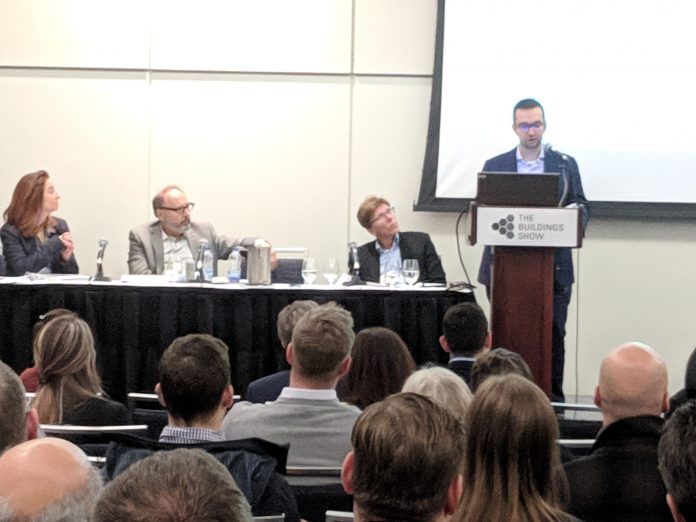
The provincial government has introduced legislation to help sort out some of the new Ontario Construction Act’s transitional provision ambiguities, which should help owners, contractors and subtrades and suppliers know if their project must operate under the old Construction Lien Act or the new law, which went into effect on July 1.
Under the law, if a project starts – or the procurement process commences – before July 1, 2018, the old act applies, and that includes differing time periods for perfecting construction liens and holdback requirements. (There are also provisions for leaseholds – if the lease dates before July 1, the project also must operate under the old rules.)
The new rules, outlined in Bill 57, a general bill “to enact, amend and repeal various statutes” say, for the purposes of the construction act, “a procurement process is commenced on the earliest of the making of
(a) a request for qualifications;
(b) a request for quotation;
(c) a request for proposals; or
(d) a call for tenders.”
The amending legislation received first reading on Nov. 15, and is expected to be proclaimed within weeks.
As well, at a Nov. 28 seminar about the new law at Construct Canada, James Little, a lawyer at Singleton Urquhart Reynolds Vogel LLP, said: “Bill 57 includes the ability (for a contractor or subcontractor) to request the date of the procurement process, or the date the contract was entered into” — allowing the contractor or subtrade to know more clearly which rules apply.
Little indicated that, while the new legislation will help clarify things, it is important for contractors to be especially cautious about leasehold improvements, as the old rules could apply for projects commenced many years after the new law is in effect, but which are for leases that predate July 1, 2018. In other words, even if the procurement process and contract commence after the new law’s implementation, if the lease predates that time, the old rules apply.
The construction act extends the time to “preserve” the lien from 45 to 60 days after the project is substantially completed (publicized by a notice advertisement in a daily construction newspaper), and the period to perfect the lien is extended from 45 to 90 days.
In practice, owners must wait for 60 days following “the publication of a declaration or certification of substantial performance of the contract before checking that no liens have been registered against the lands or leasehold interest before releasing holdback,” the Ontario General Contractors Association (OGCA) says in its “Handbook for Executives – Construction Act of Ontario.”
“The period to release holdback, provided no liens or notices of lien exist, is extended by 15 days (from 45 days to 60 days) which has cash flow implications for all industry participants.”
“‘Completion’ of the contract is deemed to occur when the value to complete the contract is not more than the lesser of 1 per cent of the contract price and $5,000.”
The threshold for calculating substantial performance is increased from $500,000 to $1 million under the new legislation. “Under the Construction Act, the calculation has been updated to 3 per cent of the first $1 million of contract value plus 2 per cent of the next $1 million and 1 per cent of the balance of the contract price” compared to the old rules where the threshold was calculated at 3 per cent of the first $500,000 of the contract price and 1 per cent of the balance of the contract price,” the OGCA handbook says.
There are also significant changes in surety rules, including mandatory bonding requirements for “broader public sector” projects valued at $500,000 or more.
The legislation which went into effect last July is only the first part of the Ontario Construction Act’s implementation. Major changes, including new adjudication rules and procedures – will start in October, 2019, with similar transition provisions (but the later start date) to the first set of provisions.
